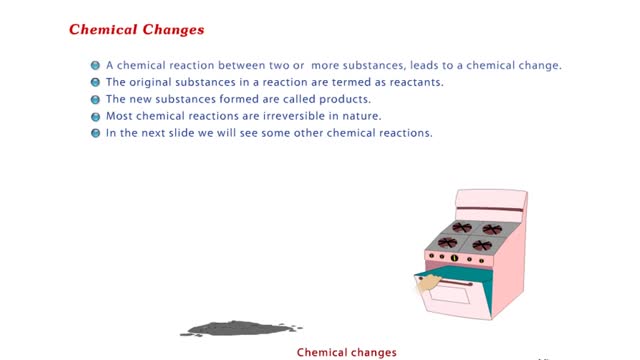Properties of macromolecules (Explained with No Audio)
By: HWC
Date Uploaded: 05/08/2020
Tags: homeworkclinic.com Homework Clinic HWC Introduction to Polymer Chemistry Properties of macromolecules thermoplast Duromers elastomer
The term thermoplast refers to a plastic, which when heated is soft and deformable, but which rehardens when cooled. The molecular structure of the macromolecules is comparable to a cotton ball in which the individual fibers of the macromolecules are shown. The fibers of the cotton ball can slide against each other. This occurs during the heating process and subsequent deformation, also with the macromolecules of a thermoplast. Duromers are commercially available in two versions. This means finished parts, e.g. like sockets, switches, housing parts, but but also non-crosslinked formulations are used in the form of resin-like liquids. The latter can only be crosslinked with the addition of conditioning or exposed to pressure / heat whereupon they reach the state of a duromer. Duromers are very stable under temperature, non-meltable and non-weldable decompose after heating are non-soluble in solvents but only with specific solvents. The term elastomer refers to plastics, which show rubber-elastic behavior and can be extended to more than 100% of the original length. When the force with which an elastomer has been extended is released this plastic regains its original length. The elasticity is attributable to the wide-mesh crosslinking of the macromolecules and this property remains intact up to the decomposition temperature. Elastomers are not meltable or weldable but can be dissolved with solvents.
Add To
You must login to add videos to your playlists.
Advertisement












Comments
0 Comments total
Sign In to post comments.
No comments have been posted for this video yet.